More healthy menu hacks: what to order when you eat out

Fajitas or tacos? Curry or stir-fry? Here's what to consider when you eat out. Our examples are from chain restaurants, but the winners and losers should hold up elsewhere.
Fajitas or tacos?
LOSER: Fajitas
At a Mexican restaurant, fajitas beat cheese-laden, carb-heavy dishes like burritos or enchiladas. But they’re no health food.
Take Chili’s Chicken Fajitas (chicken, veggies, flour tortillas, cheese, guacamole, sour cream). They add up to 1,200 calories, nearly 1½ days’ worth of saturated fat (27 grams), and a two-day supply of sodium (4,800 milligrams). Why all the sat fat? The butter that Chili’s adds doesn’t help. The side of rice and beans tacks on another 250 calories and 1,240 mg of sodium.
You can do better. Lose the butter, cheese, sour cream, and rice. That’s how On The Border’s lightened-up Border Smart Chicken Fajitas get down to 610 calories, 2½ grams of sat fat, and 1,370 mg of sodium.
WINNER: Tacos
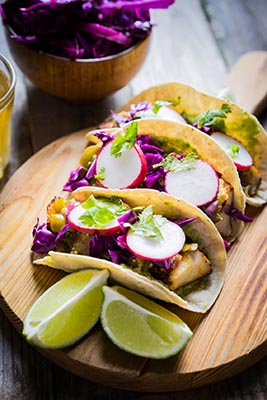
Unless your fajitas are “light” or “smart,” you may be better off with a few tacos. Three Chipotle Chicken Tacos (with crispy corn tortillas, salsa, lettuce, and cheese), for example, have 520 calories, 9 grams of sat fat (4 grams if you get them sans cheese), and 1,050 mg of sodium.
Tip: Three crispy or soft corn tortillas typically have 50 fewer calories than three soft flour tortillas. Who knew?
Coconut curry or stir-fry?
LOSER: Coconut curry
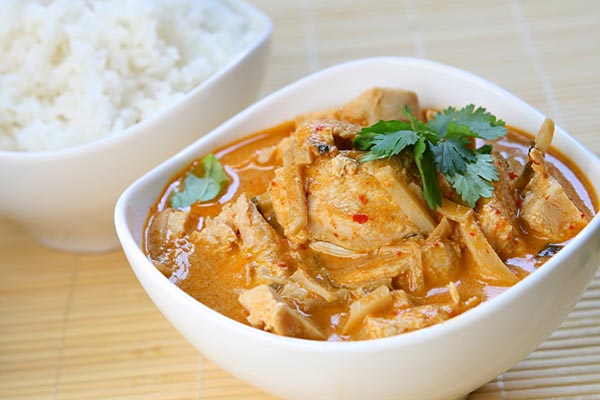
Most Thai curries—green, yellow, or red—are swimming in calories and saturated fat, thanks to their coconut milk. At Pei Wei, the Supergreen Thai Coconut Curry bowls range from roughly 600 calories (shrimp) to 800 calories (steak) and from 22 to 26 grams of sat fat. That’s before you add the side of rice (another 350 calories).
At P.F. Chang’s, the Coconut Curry Vegetables—yellow curry sauce, crispy (fried) tofu, mushrooms, peanuts, rice—pack 1,490 calories and 36 grams of sat fat, spiked with 2,800 milligrams of sodium. Mayday!
WINNER: Stir-fried veggies
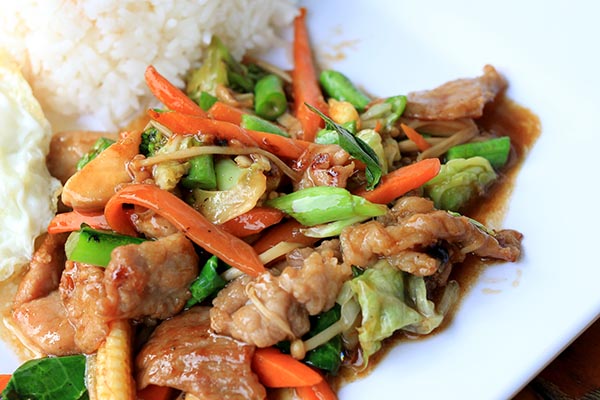
Try a stir-fry like pad pak (mixed vegetables), pad king (ginger, mushrooms, onion), or pad prik king (green beans, curry paste). And get it with sautéed chicken, shrimp, or tofu. Our estimate: your plate will contain roughly 500 calories without the rice (200 calories per cup).
Tip: If you order a stir-fried noodle dish like pad thai, drunken noodles (pad kee mao), or pad see ew, you’ll end up with a pile of oil-soaked white-rice-flour noodles, fewer veggies, and about 1,000 to 1,500 calories.
Carbonara or marinara?
LOSER: Carbonara
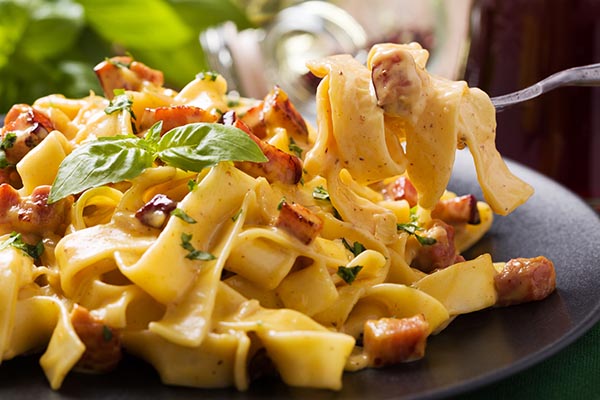
Carbonara means that the pasta comes coated with bacon or pancetta, cheese, and egg yolks or cream. No wonder Olive Garden’s Chicken & Shrimp Carbonara (1,590 calories and three days’ worth of sat fat) makes its Shrimp Alfredo (1,150 calories and two days’ sat fat) look light. Bonus: the carbonara packs a day’s sodium (2,410 mg). That’s bacon for you.
WINNER: Marinara or pomodoro
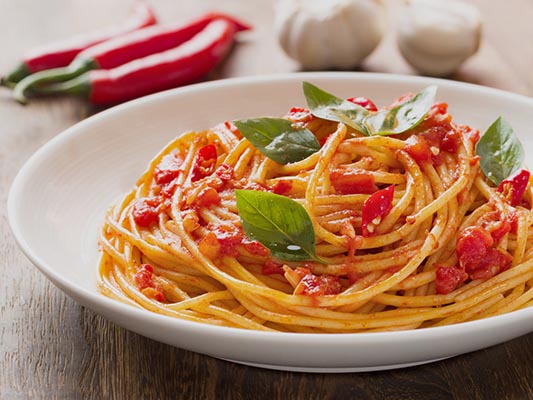
The sauce is largely tomatoes and olive oil, so you can kiss nearly all of the artery-clogging sat fat goodbye. It’s still pasta, though, so you’re looking at 500 to 1,000 calories. Take home half?
Tip: Linguine di mare is a mix of seafood like shrimp, mussels, scallops, and clams in a tomato sauce without all the butter in shrimp scampi or the cheese in almost any other Italian dish. Olive Garden’s version—with whole-grain linguine—has just 570 calories and 2 grams of sat fat.
NutritionAction.com doesn't accept any paid advertising or corporate or government funding. Any menu items recommended by NutritionAction.com have been vetted by our staff of nutritionists and are not advertisements by the manufacturers.

